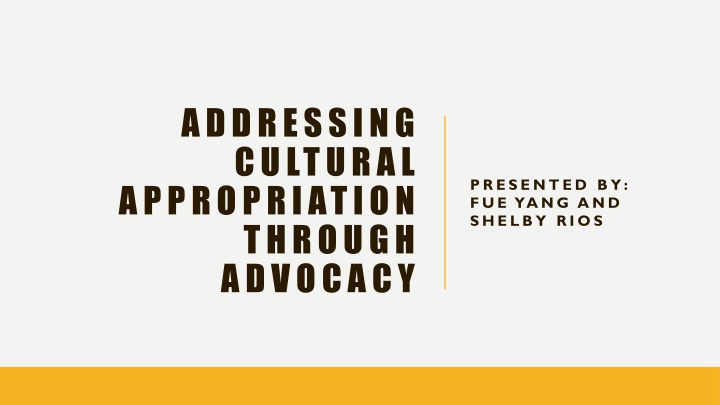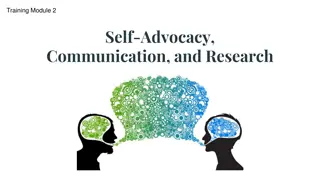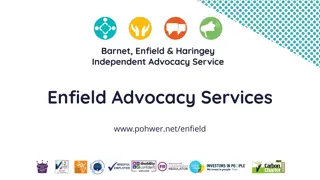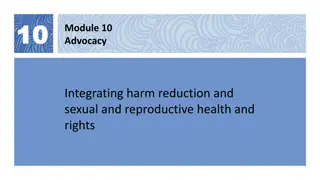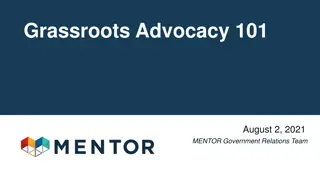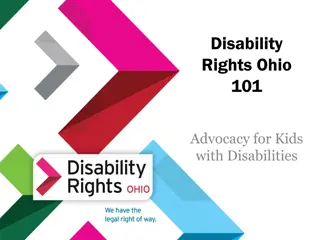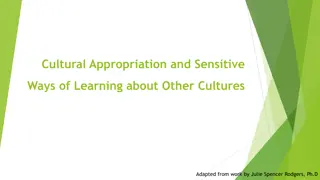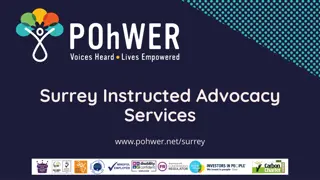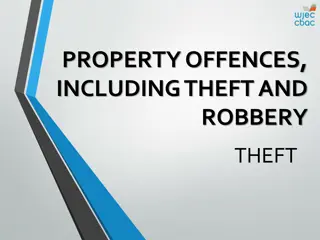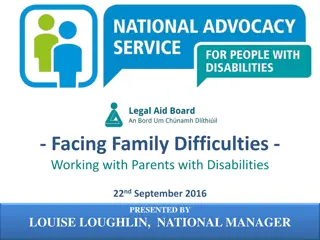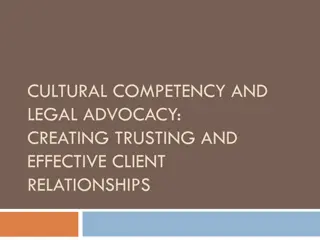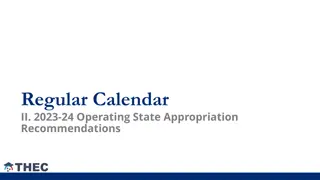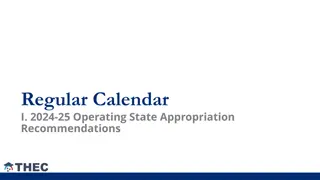Addressing Cultural Appropriation Through Advocacy
Explore the nuances of cultural appropriation versus appreciation, learn to identify and avoid stereotypes, and enhance self-awareness when engaging with different cultures. Discover the impact of Halloween costumes and ways to advocate against cultural misappropriation through understanding, respect, and dialogue.
Download Presentation

Please find below an Image/Link to download the presentation.
The content on the website is provided AS IS for your information and personal use only. It may not be sold, licensed, or shared on other websites without obtaining consent from the author.If you encounter any issues during the download, it is possible that the publisher has removed the file from their server.
You are allowed to download the files provided on this website for personal or commercial use, subject to the condition that they are used lawfully. All files are the property of their respective owners.
The content on the website is provided AS IS for your information and personal use only. It may not be sold, licensed, or shared on other websites without obtaining consent from the author.
E N D
Presentation Transcript
ADDRESSING CULTURAL APPROPRIATION THROUGH ADVOCACY PRESENTED BY: FUE YANG AND SHELBY RIOS
LEARNING OBJECTIVES What cultural appropriation is and how to identify it. Whether that is for a consumer or for yourself. Becoming more self aware and having that different perspective. Building that relationship with peers and avoiding certain triggers with consumers. Teaching peers to advocate for themselves as well as supporting that advocacy with this new knowledge.
WHAT IS CULTURAL APPROPRIATION? CULTURAL APPROPRIATION VS. CULTURAL APPRECIATION Also called cultural misappropriation Is the adoption of parts of one's culture or just certain elements of one culture by another culture. Why is that bad? Typically the dominant or more advantaged cultured would appropriate the more disadvantage the minority culture as a satire or to ridicule them This is when someone or a group of people, seek to understand or learn about another group or persons culture to develop their perspective and connect with another culture. Often, it s an exchange of cultural traditions without satirical or mockery attached to it.
HALLOWEEN TIME IS THE WORST TIME FOR THIS The costumes are often satire characters depicting cultures in a nontraditional fashion. An example is the woman to the left that is dressed in a native American outfit Or the gentlemen dressed as a Mexican Or the woman dressed as a geisha Or a woman dressed as a black woman These are not Disney characters or characters from a movie or a show, these are our cultures or someone s cultures.
HOW CAN WE BE MORE SELF AWARE Research the culture When working with a consumer, find out more about their culture and understand it more. Ask questions, talk with them about it and listen. Avoid things that may cause distress Some things may seem like a bit of fun or like an innocent mistake but might be a major upset to someone else s culture I know the Native American headdress has come up a lot lately in mainstream media but it is a very sacred item to them in their culture and it is very distrustful the way it has been used on a lot of platforms and that is why it has been replaced a lot lately. THE BIGGEST THING WE CAN DO IS AS WELL
DONT STEREOTYPE This is huge. Cinco de Mayo is not Mexico s Independence Day. Not all Asian s are the same and they don t all speak the same language. Native American s are not Indians. Not all Muslims are terrorists Black people are not all criminals No more saying I m not racist, I have a friend that is .. (insert a person of color that you know) These seem obvious I know but how about the not so obvious stereotypes?
UNCONSCIOUS RACISM Changing the way you speak to someone of color An example would be a Caucasian coworker using a black colloquialism to talk to her black coworker while she is around her. Locking your doors when you see a person of color walking close to your car or shutting the elevator door faster when they get closer because you don t want them to get on with you Assumptions about people of color An example, you re Hmong which means you must speak Chinese or make decent eggrolls Going to a single person of color and having that single person being the spokesperson of that entire minority group. Example, asking the only Mexican coworker in the office what they think about Donald Trump building the wall. Excluding an entire minority group from a conversation because they grew up out of the social norm of American culture. Example, You haven t lived unless you watched the goonies growing up.
SCENARIOS This individual is Hispanic and the person talking is her coworker. Your hair today is just really representing your Latina side, very J-lo and Shakira! This individual is Hmong and the person talking to him is a person her just met. Your name is Larry? But like is that your real name? This is individual is Native American and the person next to her is wearing a Pocahontas costume. Ayayayaya . It s fine because like I am an Indian. (while dancing in a circle) The proper term is Native American boyfriend trying to stop her. Same thing continues yelling and dancing around mimicking a native dance.
FEELINGS OF WHITE GUILT What is white guilt ? It s this feeling of shame or regret white people experience when they recognize a racial injustice or racism that they have benefited from This is okay to feel, it s about growing from this feeling. Let s talk about white privilege. It is not a bad thing to have white privilege, we want to acknowledge it and accept it. Own the fact that you have it and use it as a platform to lift your minority counterparts up. Privilege is not in and of itself bad; what matters is what we do with privileges. We have to share our resources and take direction about how we use our resources and take direction about how to use our privilege in ways that empower those who lack it. Cheryl Strayed
BUILDING THAT RELATIONSHIP AND AVOIDING TRIGGERS Recognize the Fatigue Minority fatigue: it s a feeling of exhaustion in relation to diversity and inclusion issues. Having to constantly educate others on the issues around race and battling this invisible fight. Now is the time to stand with your consumers and show them that you are there to stand by them. That you recognize this internal fight and will help aid them as best you can. Recognize the inappropriate phrases or appropriation Work to correct peers or other non-minorities to show them that they can also learn more about appropriation vs appreciation; that it is okay to change and adapt. Think Just ask yourself, is what I m about to say appropriate and is it coming from a place of appreciation of that person s culture.
HOW DO WE AS ADVOCATES HELP TEACH THIS TO PEERS AND USE THIS NEW KNOWLEDGE TO HELP SUPPORT Call out phrases that are wrong and support them Tell them when they are being inappropriate and explain to them when what they are saying could be appropriating another person's culture. Gently remind your consumer that it is okay to tell people when they are uncomfortable with something. A lot of the time, minorities don t speak up because they are alone and don t feel support from others because they are the only person of color in the room. Remind them that you are there to support them and that you agree that what was said was wrong. Questions? Discussion?
CONTACT US FUE YANG SHELBY RIOS Fue.yang@ilresources.org Shelby.rios@ilresources.org Homeless Outreach Specialist Information and Referral Specialist
